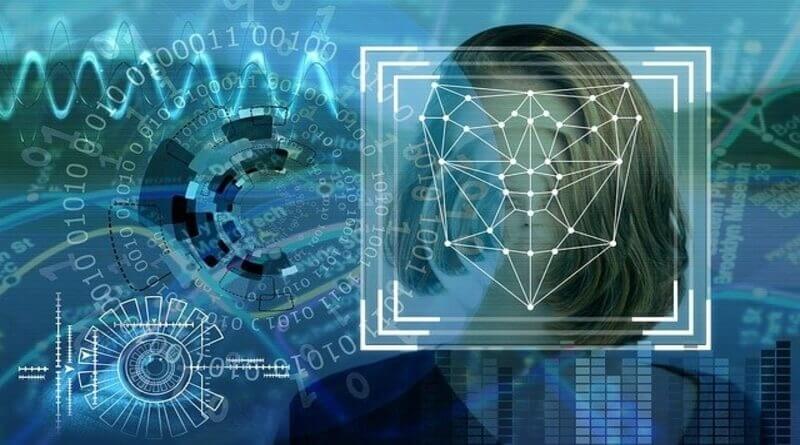Client face verification technology is widely adopted by companies worldwide. Whether it is used by banks for customer verification, law enforcement agencies for criminal investigation, or by secret facilities to protect their sensitive data from unauthorized access. Advanced features of liveness detection and anti-spoofing measures provide a better opportunity for online businesses to ensure transparency on their platform. Banks can use it to perform seamless verification of their customers whether they are off-site or on-site. Facial recognition works along with document verification to provide robust identity verification solutions for enterprises and businesses that are exposed to identity thefts and facial spoof attacks.
What Is Face Recognition Online?
Facial recognition online focuses on the unique biological features of the end user’s face and uses advanced algorithms to identify those properties. This type of technology becomes useful for the registration of new customers and the verification of existing clients who need to use their accounts. In both cases, a face recognition mechanism identifies the unique facial characteristics to ensure that an accredited client is trying to log in or signing up for their account on the digital portal.
How Face Recognition Is Performed?
Face recognition is the combination of several techniques to check the live presence of the customer in front of the camera or a specific location. It also detects the suspicious attempts made by fraudsters online to doctor facial properties for the sake of achieving a false face match. The state of the art facial recognition solution utilizes a blend of the following procedures:
LIveness detection Check
It protects from face spoof attacks, with different checks the live presence of the end-user is ensured during the verification process. Color combination is tested and face photos are analyzed for tempered elements.
Eyeblink Check
More often, when the end-user goes through the face recognition process his unique facial movements are identified. The face recognition is performed by the means of the video stream while guiding the end-users in real-time.
AI Mapping Algorithm
This is the most complex method used to find the difference between the photoshopped facial image and the real face displayed during the online face recognition process. The software checks the depth of several major points on the face of the end-user to sense the presence of depth. These features are not present on a face image printed on a piece of paper.
3D Depth Sensing
It employs depth mapping algorithms and context-sensitive information techniques to better analyze the facial image submitted for verification. These features are integrated to differentiate 2D images from 3D images.
Texture Analysis
With deep learning face recognition, it becomes convenient to detect smaller parts of the facial image. Every part is examined to detect facial patterns that assist in finding the difference between a tempered image and the real face.
Benefits Of Online Facial Recognition
Deep learning face recognition is essential to onboard an honest and reliable customer base without being bothered by the threats of identity frauds and chargeback claims. There are multiple advantages of the facial recognition mechanism for both online and offline businesses.
Advanced Technology
Businesses need to adopt cutting-edge technologies to enhance customer experience and service delivery to increase customer satisfaction.
No Need for Additional Hardware
Unlike traditional biometric verification systems (fingerprint scan or retina scan), online face recognition doesn’t need any hardware. Laptops and smartphones are integrated with built-in cameras these days, hence minimizing the need for specific hardware to perform facial recognition.
Easy Integration
With the help of APIs, facial recognition can be easily integrated with an existing security system. No additional costs are required for making the system appropriate for the integration of facial recognition software. It works flawlessly with the web and mobile applications.
Conclusion
Security is an important aspect for businesses particularly those who are providing services online. Client Face recognition solution helps businesses to onboard authentic customers and minimizes the risk of fake credentials used by fraudsters. A deep learning face recognition system prevents online fraud and protects against identity theft. It is easily integrated with the existing security mechanism. With the help of artificial intelligence, it identifies and eliminates facial spoof attacks. It delivers verification results in real-time to its users.









